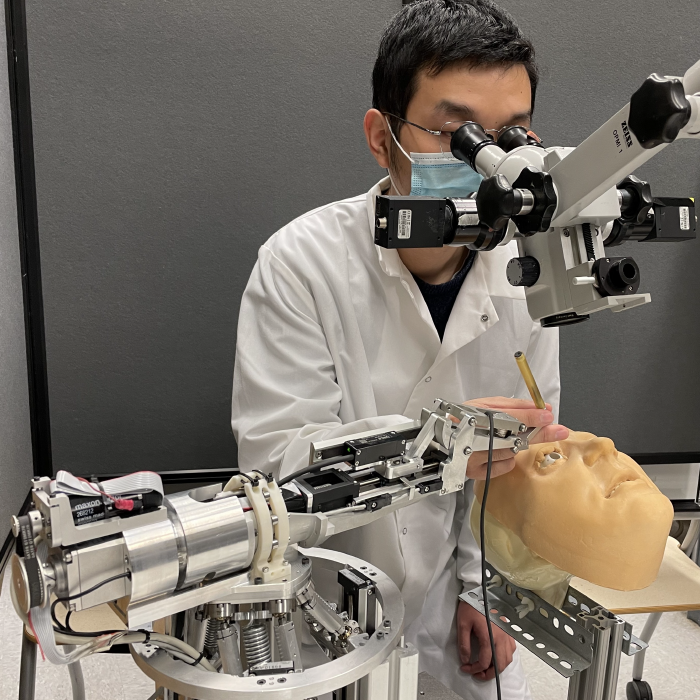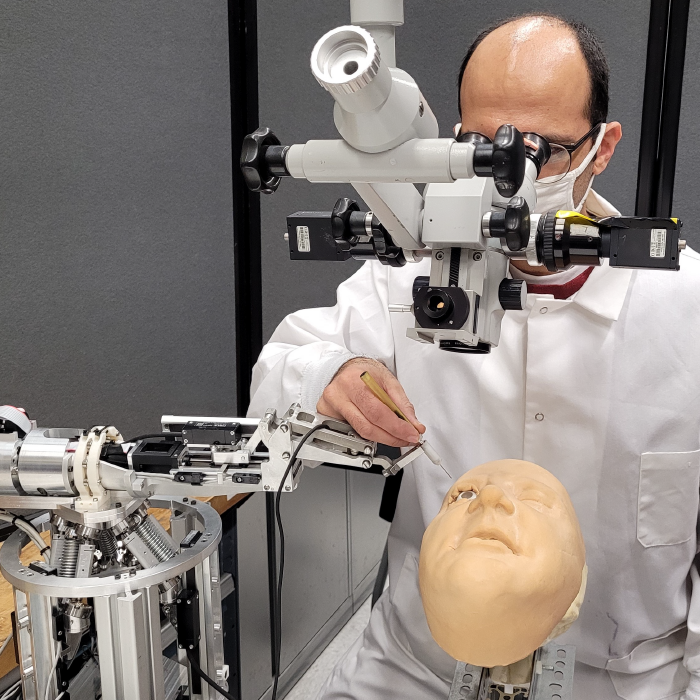
Robotic-assisted surgery can present an array of benefits for a number of procedures in the operating room. The types of systems currently available can offer greater precision beyond the capabilities of human hands, no matter how experienced the surgeon. In turn, this greater precision for complex maneuvers results in less invasive operations, causing less trauma for the patient and, generally speaking, better outcomes all round.
Recognized as one of the mainstays of robot-assisted surgery, the da Vinci System (1) – developed by American biotech firm, Intuitive Surgery, for use in general surgery and other medical fields, such as cardiology, gynecology, and prostate removals, uses three or four robotic arms controlled from a central console by the surgeon. The system can perform a variety of tasks, such as holding objects and controlling 3D cameras, as well as imitating surgical instruments like Bovies and scalpels. However, while the current iteration of the system, the da Vinci Xi, has become the most commonly used robotic surgery system in the world, the system itself has never been marketed as a device to be used specifically for ophthalmology. Criticisms of the da Vinci also include its difficulty to learn how to operate, its use of proprietary software which can’t be modified by physicians, and its hefty $2 million price tag, which puts it out of reach of many public institutions.
Considering these factors, a team at the Laboratory for Computational Sensing and Robotics (LCSR) at John Hopkins University have developed an ophthalmic-centric robotic device, the Steady-Hand Eye Robot. Now in its third iteration (2), the SHER 3.0’s main function is assisting ophthalmologists in vitreoretinal surgery, more specifically in delivering subretinal injections.
The SHER 3.0 “eliminates the physiological hand tremor (around 180 um)” of physicians, says Iulian Iordachita, director of the Advanced Medical Instrumentation and Robotics (AMIRo) Research Lab at John Hopkins, so as to “provide the necessary positioning accuracy at the tooltip, and keep the needle tip steady inside the tissue during the cargo delivery.” Compared to previous iterations, explains Iordachita, the “3.0 has better ergonomics, is more responsive to control commands, and, more generally, is closer to a clinical grade device.”
Similar to other robotic systems aimed specifically at retinal surgery, the SHER 3.0 can also assist with retinal vein cannulation. And in terms of the training required for surgeons to use such a device in clinical practice, Iordachita says that, “as a cooperative controlled robot, SHER 3.0 is a very intuitive device to work with. In our preliminary tests, a beginner could reach the learning curve plateau after 25-30 trials.”

SHER 3.0. Credit: Iulian Iordachita
However, Iordachita and his team believe that the current generation is not quite ready for FDA preapprovals. “It may take at least another iteration to fulfill the requirements,” he says. “Generally, we know what must be done to move forward, but as an academic research lab we can’t support this effort. We need to work with a company to go through the whole process. With the proper budget (and expertise) it should be possible to get it approved for the market in 2-3 years.”
In order for robotic-assisted surgery to become an established cornerstone of ophthalmology, as with any other medical technology practitioners need to first embrace these devices in order to render them more widely available. If it is adopted by ophthalmologists, then this technology – further supported by artificial intelligence and the potential for surgeons to perform operations remotely – could help to provide urgent medical services to those patients most in need, as well as mitigating the risks associated with manual surgery.

SHER 3.0. Credit: Iulian Iordachita
References
- Intuitive Surgical, “Robotic-assisted Surgery with da vinci systems” (2024). Available at: https://bit.ly/3YMo7Wu.
- A Alamdar et al., “Steady-Hand Eye Robot 3.0: Optimization and Benchtop Evaluation for Subretinal Injection,” IEEE Trans Med Robot Bionics, 6, 135 (2023). PMID: 38304756.
